The Essential Guide series brings together the best recent coverage from New Scientist specially curated into beautiful compendiums about the most exciting themes in science and technology today. Written and edited by some of the world’s best science writers, these guides will leave you with everything you need to know about subjects from nutrition to the solar system and more.
New Scientist - The Essential Guides
NEW SCIENTIST ESSENTIAL GUIDE PARTICLE PHYSICS
ORIGINS OF PARTICLE PHYSICS
BEYOND THE ATOM • The idea of atoms as the ultimate, indivisible particles of matter dates back to ancient Greece. It was the bedrock on which our burgeoning understanding of the elements, the new science of chemistry, was built from the 18th century onwards – but it is a picture that has been torn apart in the past 100 years or so.
FORCES AND QUANTUM FIELDS • When we conventionally think about forces, we tend to think of something that happens when two things come into physical contact – the force required to push open a door, for example. Physicists today, however, know that such familiar mechanical forces are products of underlying fundamental forces – beasts that work in an altogether different way.
RICHARD FEYNMAN AND HIS DIAGRAMS
THE CREATION OF THE STANDARD MODEL • In the 1970s, the theories describing the electromagnetic and weak and strong nuclear forces were brought together in a loose association known as the standard model of particle physics. It has been a wildly successful construct – while being also manifestly flawed.
WHY SYMMETRIES MATTER • One crucial concept underlies what has become the standard model of particle physics: symmetry. That is largely down to the insights of one outstandingly gifted mathematician, says Dave Goldberg.
EMMY NOETHER’S STRUGGLE
THE STANDAR DMODEL
LEPTONS AND THE RULE OF THREE • Electrons were the first of today’s fundamental particles to be found. The discovery within the past century of two heavier cousins of electrons presaged one of the most fundamental mysteries of the standard model – the existence of three “generations” of particles.
FUNDAMENTAL FORCE: ELECTROMAGNETISM
“MUONS COULD REVEAL OTHER PARTICLES WE CAN’T SEE” • A tiny anomaly in the properties of the electron’s heavier cousin could be the key to some big new physics, says Alex Keshavarzi.
THE MYSTERY OF NEUTRINOS • The ghostly neutrinos are among the most mysterious particles predicted by the standard model. Their weird, shape-shifting nature could be the key to physics beyond it.
FUNDAMENTAL FORCE: THE WEAK NUCLEAR FORCE
CHIEN - SHIUNG WU’S BROKEN MIRROR
THE QUIRKS OF QUARKS • Quarks are the fundamental constituents of the bulk of the matter around us in the form of protons and neutrons. But the fiendish complexities of their interactions via the strong nuclear force make calculating the properties of that matter from first principles a task we are only just beginning to master.
FUNDAMENTAL FORCE: THE STRONG NUCLEAR FORCE
ANTIMATTER
WHAT IS ANTIMATTER? • Antimatter might seem esoteric, and it is true that it doesn’t last very long in our matter-dominated world. But there are some quite productive sources of the stuff surprisingly close to home.
THE STRANGE WORLD OF PAUL DIRAC
TIMELINE OF ANTIMATTER
THE GREAT MATTER-ANTIMATTER IMBALANCE • Antimatter becomes a big problem when you wind back 13.8 billion years to the big bang. The standard model predicts matter and antimatter should have been produced in equal amounts – a symmetry that must somehow have been broken for our matter dominated cosmos to have come to be.
MAJORANA’S MYSTERY • There is one possible source for nature’s antimatter imbalance that no one has quite been able to get a handle on: neutrinos....
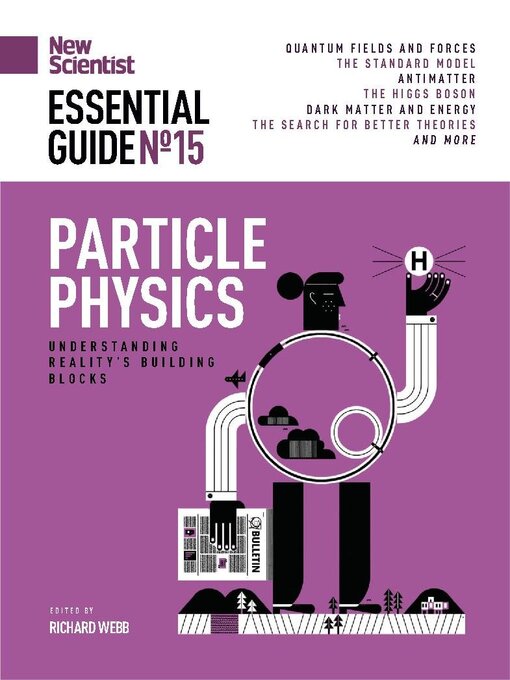
 EG25
EG25
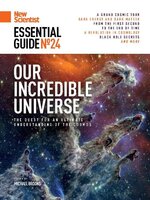 EG24
EG24
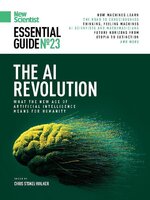 EG23
EG23
 EG22
EG22
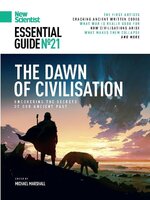 EG21
EG21
 EG20
EG20
 EG19
EG19
 EG18
EG18
 EG17
EG17
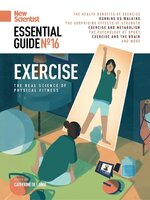 EG16
EG16
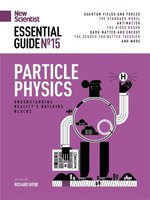 EG15
EG15
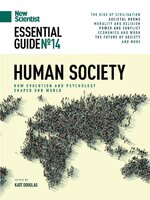 EG14
EG14